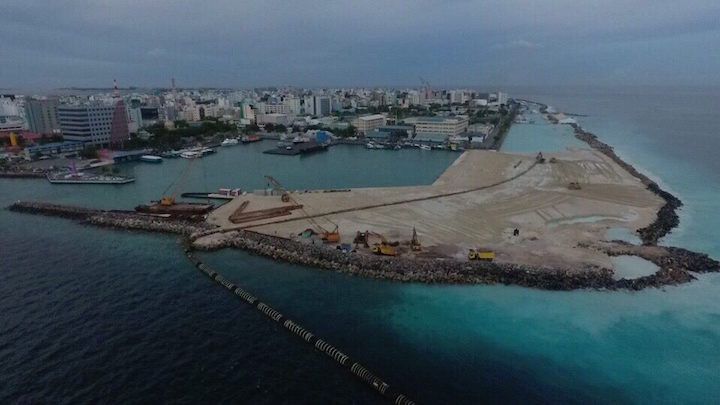State electricity company allotted land for new powerhouse
The new powerhouse for the capital’s industrial village will also be used as a backup plant “when electricity goes out from time to time in Malé,” Housing Minister Dr Mohamed Muiz said.

15 Mar 2017, 9:00 AM
The housing ministry on Sunday allocated land from the industrial village in Malé’s southwestern harbour for the State Electricity Company to build a new powerhouse.
Housing Minister Dr Mohamed Muiz told the press that the new powerhouse will be used to provide electricity from a separate grid to the industrial village after warehouses, workshops and the waste management centre are moved to the reclaimed area.
The powerhouse will also be used as a backup plant “when electricity goes out from time to time in Malé,” he said.
The 10,000 square feet plot was handed over to the state-owned utility company free of charge, he added.
Become a member
Get full access to our archive and personalise your experience.
Already a member?
Discussion
No comments yet. Be the first to share your thoughts!
No comments yet. Be the first to join the conversation!
Join the Conversation
Sign in to share your thoughts under an alias and take part in the discussion. Independent journalism thrives on open, respectful debate — your voice matters.




